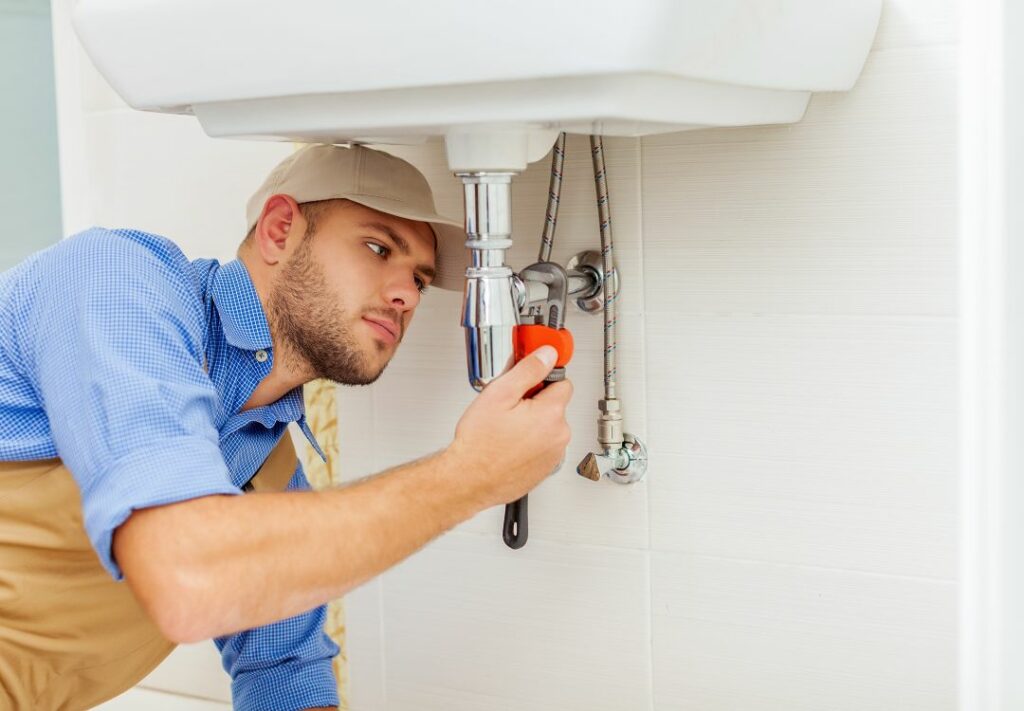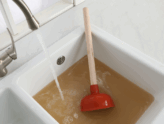What Is a Wet Vent in Plumbing?
A wet vent is an integral part of your plumbing system. To design and build a bathroom, you must consider wet venting. You must know how to maintain plumbing to ensure your bathroom works optimally over time. Contact our professional plumbers at Caldwell Plumbing for plumbing system care and assistance.
What Is a Wet Vent?
A wet vent is a system that is both a drain line and a dry vent for ventilation. The system connects to both your toilet and your sink, providing a drain pipe and air ventilation for your toilet.
You should distinguish a wet vent from a dry vent. A dry vent provides airflow to your drain line. On the other hand, a wet vent plumbing system operates as both a draining system and a vent, creating a more streamlined plumbing system.
How Is a Wet Vent Installed?
To understand how a wet vent is installed, you must first understand how the venting system and drain pipes connect for different types of wet venting. Below are the different kinds of wet venting:
- Toilet and sink wet venting system – people use a toilet and sink wet vent connection for smaller bathrooms where the toilet is vented through the sink drain pipe. The toilet drain is typically around 3 inches, a horizontal drain. The vertical wet venting line for the sink and toilet should be about 1.5 inches. The shared drain lines of the toilet and sink should be around 2 inches wide.
- The toilet, sink, and tub vent pipe system – in this system, the toilet and sink are connected, as demonstrated above. However, the vertical vent connects to the toilet leg, and the tub connects to the wet vent to allow for ventilation. If the tub is close to the wet vent, you can save money on materials when constructing your bathroom.
- Shower and sink vent pipe system – The horizontal wet vent links to a shower drain in this pipe system. The layout is the same as the above examples; only the shower connects through the same floor horizontal wet venting.
How to Maintain Your Wet Vent
To maintain your wet venting system, you must prevent clogging. If there are clogged plumbing fixtures in your bathroom, this could result in dampness, mould, and unpleasant odours.
To maintain your wet venting system, check your wet vents for clogging once a year and clean the system using a drain line snake or hose to clear out any excess debris every 3 to 5 years. However, if you notice dampness and unpleasant smells in your bathroom, you should immediately check to see if the vent air admittance valve is blocked with debris.
Maintaining your draining and ventilation systems is essential to prevent methane gas from your toilet from causing a fire risk. So, make sure to maintain and clean your system.
Spotting Issues with Your Wet Vent
To spot any issues with your wet vent system, you should look for any dampness, unpleasant smells, and mould in your bathroom. If your pipe systems differ from wet vent rules for sizing, this could cause these issues down the line. If there is no debris in your system, you should contact your local plumbing experts to ensure the design meets plumbing codes and regulations. The additional fixtures, like your pipe supporter, could be broken and need replacing. Reaching out to a plumber can help you to get to the bottom of the issue.
Wet Vent Plumbing System
If you’re worried your fixture unit needs to be up to the plumbing code or needs maintenance, contact a plumber. The wet vents and drain pipes in your bathroom are essential for safety. If you need bathroom installation or repair services, contact our team of reliable and professional plumbing experts at Caldwell Plumbing.
















